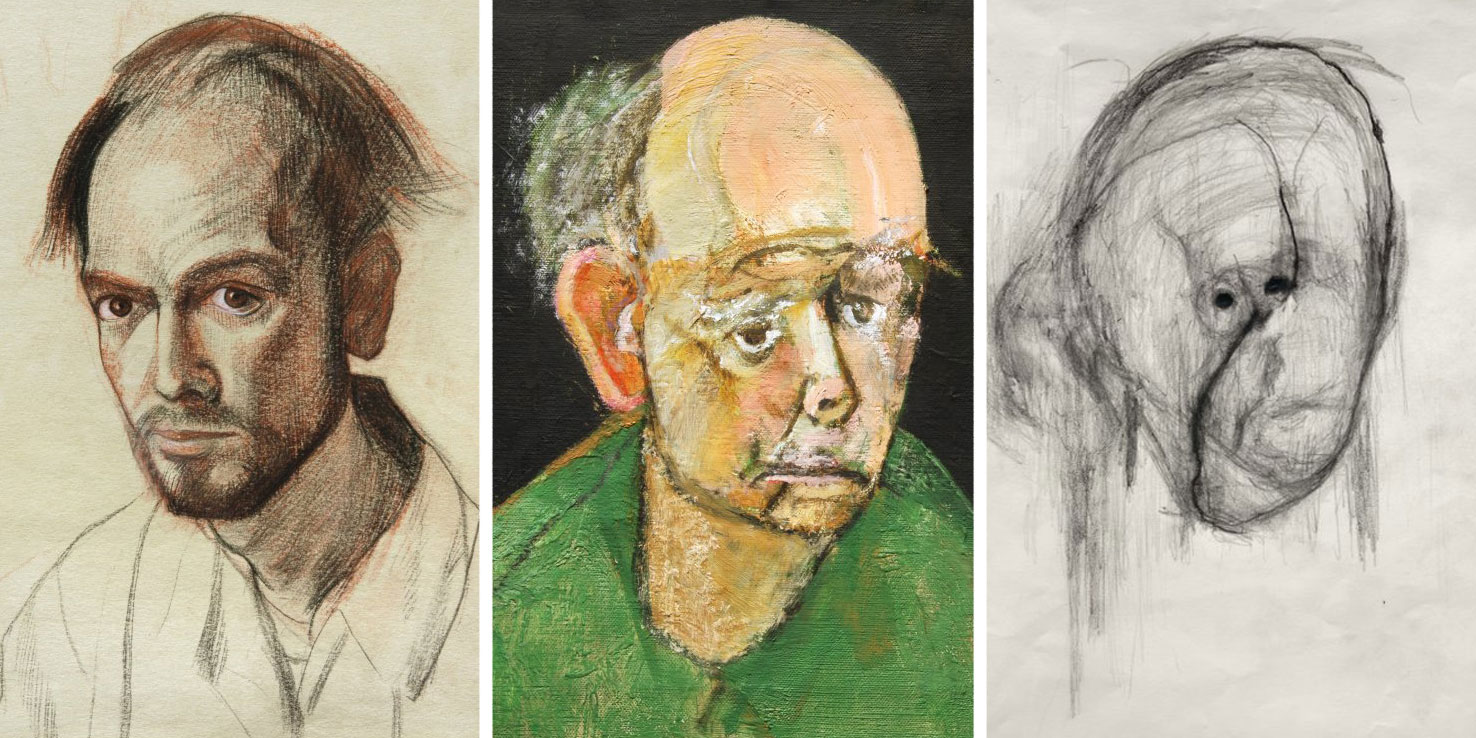
What is Alzheimer’s Disease? It is something that so many people hear about, so many people see firsthand, but something that not many people know much about. I will refer to Alzheimer’s Disease as “AD.” AD is a neurodegenerative disease that destroys memories that are important for memory functioning. More specifically, cells in the brain deteriorate and eventually die off. This is something that cannot be reversed but could potentially be avoided, and symptoms of AD could be lessened through medications, as well as lifestyle changes.
Scientists have begun to refer to AD as Type 3 Diabetes (T3D). The two types of diabetes that come before T3D are caused by a complete loss, or partial loss, of a hormone in the body called insulin. Insulin regulates levels of sugar in the blood, and when those levels get too high it leads to complications in the body. One of these many complications is diabetes. Another complication, not directly related to blood sugar levels but related to insulin, is AD. AD can be caused by genetics, but it may also arise from certain lifestyle decisions. For example, an unhealthy diet, high blood pressure, high cholesterol, and a diagnosis of T1D or T2D can lead to a future diagnosis of AD. All these lifestyle decisions can lead to insulin resistance. This concept means that the body’s cells don’t respond to insulin like they normally should.
Insulin is produced by cells in the brain, called neurons. Insulin can also be transported into the brain through the blood brain barrier (BBB). The BBB is made up of blood vessels and tissues that are closely connected by cells that keep out harmful substances out of the brain and keep other substances from leaking out of the brain. There are different signaling pathways that are important for normal insulin functioning in the brain, but one of the most prominent signaling pathways is the PI3K/Akt pathway. When a person becomes diagnosed with AD, it has been concluded that insulin sensitivity is reduced and the PI3K/Akt pathway is dysregulated. When this pathway is activated, it is responsible for glucose uptake as well as metabolism. When the PI3K/Akt pathway is dysregulated/less activated, there are much higher levels of glycogen synthase kinase-3 beta (GSK-3β). This enzyme is responsible of the regulation of the metabolism of glycogen. This process plays a major role in inflammation and cell production. Enhanced activation of the GSK-3β is responsible for phosphorylation, the addition of a phosphate onto a molecule or ion, of the tau protein in the brain. The tau protein helps stabilize the internal skeleton of neurons in the brain, it takes the shape of a tube, allowing for the support of the internal skeleton. When the tau protein is phosphorylated, neurofibrillary tangles can form. If a tau protein becomes phosphorylated too much, it will no longer support the neurons and multiple tau proteins will join and form tangles. These tangles lead to blockage of the neuron’s transport system, meaning that neurons no longer communicate efficiently.
Overall, many things can contribute to a person’s diagnosis of AD. Underlying conditions, bad diet, genetics, and insulin resistance. A few medications have been shown to help with AD, especially some diabetic medications. However, there is no medication or therapy that will reverse this disease. There are changes in one’s life that can help avoid AD, however it is a neurodegenerative disease that has major consequences.